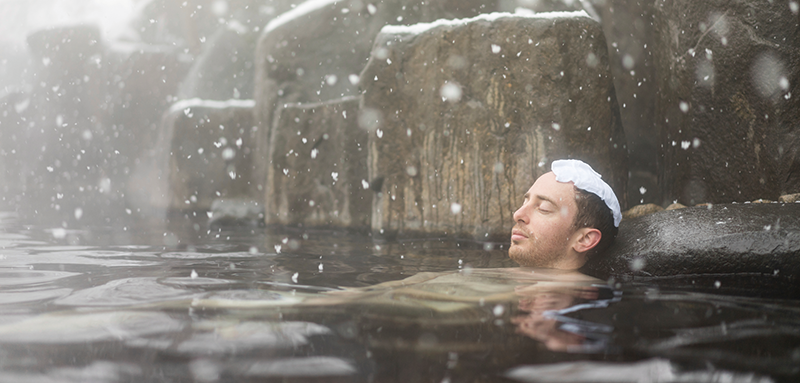Modern Japan is known for having taken and adapted many different aspects of foreign cultures, political systems, even religious beliefs, to the extent that it is difficult to compare modern fast place living in urban city centers with what was once an agrarian feudal society. However, there are always places where you can go to rediscover the “old Japan,” including on a long-traveled section of the 307km “Long Trail” through Snow Country. Here we will discuss the thinking behind our Long Trail tours and how they finally came to be.
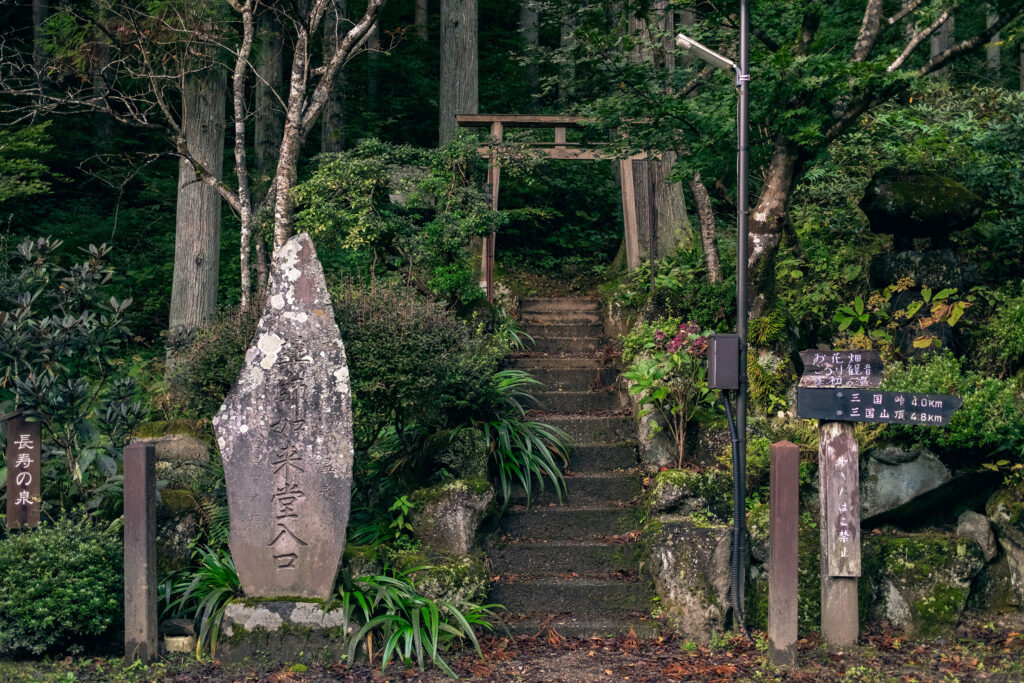
What people believed in ancient Japan
Throughout history, Japanese thought has drawn from a multitude of world religions and philosophies. From the second century A.D. Confucian beliefs spread into Japan from China and Korea, followed later by the introduction of Buddhism. More recently, Western holidays such as Christmas and even Halloween have become part of contemporary Japanese life. But what about indigenous Japanese beliefs? Modern Shinto was codified as a state religion beginning with the Meiji Restoration in 1868, but the seed of Japanese religious thought goes back to animistic practices from the Jomon and Yayoi periods thousands of years prior.
To the ancient Japanese people it was understood that the natural world all around them was imbued with spiritual beings known as kami. The trees, the mountains, the rivers, and streams all contained their own kami, to the tune of some 8 million distinct kami in all. This also includes natural phenomenon- the rain and the wind were likewise considered kami, and it was thought that keeping such spirits happy could avert natural disasters. Even people were thought to become kami after they died, and were traditionally revered in household shrines by their family. In the case of a mountainous land like YUKIGUNI, certain mountains took on a religious significance to the people living nearby, and important mountains were frequented by ascetics on pilgrimages, where shrines were often erected so they could worship. During the Edo period (a time when Shinto folk beliefs and Buddhism co-existed), ascetic practices were quite prevalent among common people, so that religious pilgrims would often wander through these mountain paths, and would receive food from villagers living nearby in exchange for saying a prayer for their deceased relatives. Famous ascetics were highly sought out and well regarded, even among samurai, for their knowledge of spiritual matters, such as expelling evil kami. Even now, it is customary for shrines to be located deep in nature, but it isn’t necessary to be an expert on Shinto in order to get in touch with the kami all around you.
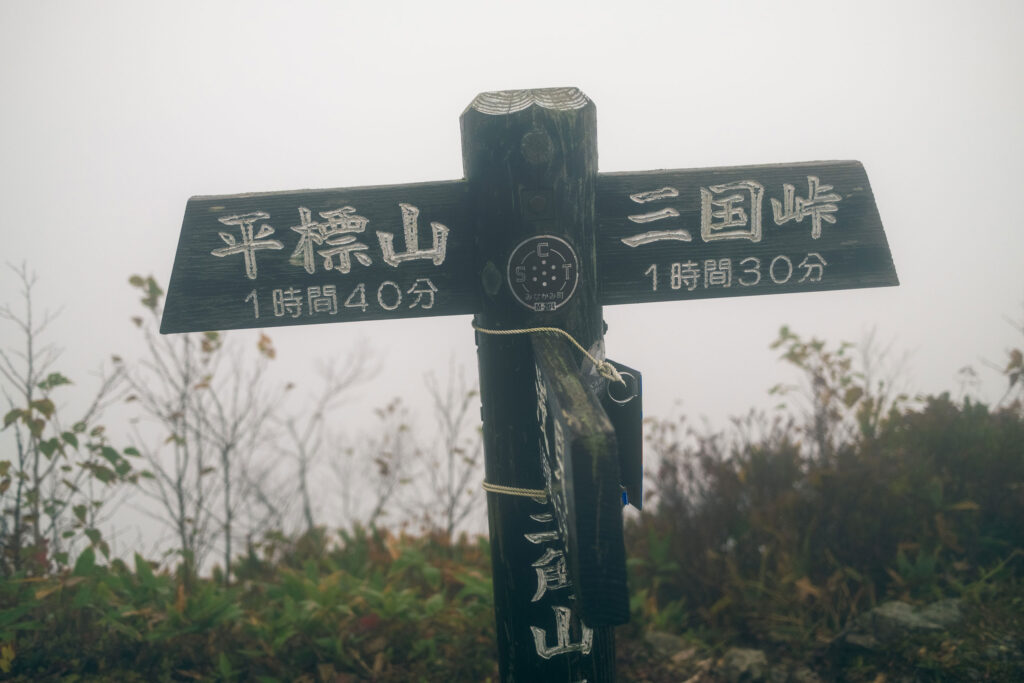
Retracing the steps of samurai on the Long Trail
YUKIGUNI’s “Long Trail” is a 4-day hiking trek through the mountains in Yuzawa, crossing into the town of Minakami in neighboring Gunma Prefecture. Along your journey, you will stop at historically important hot springs that have been used continuously for centuries. This isn’t just an everyday walk, but a way to retrace the steps of ancient Japanese (both commoners and as well as samurai) who came before, and whose spirits live on and whose presence can be felt all through the beautiful forests to the majestic peaks of Mt. Tairappyo and Mt. Mikuni.
This part of the Long Trail was once an ancient highway known as the Mikuni Kaido, a route used during the Edo period to travel all the way from Niigata to the ancient capital of Edo (now Tokyo). In the Edo period, the requirement for provincial lords to make the journey to Edo every other year resulted in a dramatic increase in rural infrastructure to support these large movements of wealthy and influential people. This resulted in the establishment of “post towns” containing lodgings and eateries for weary travelers to rest, shops to stock up on supplies, and hot springs to relax in.

Among the luminaries who utilized the Mikuni Kaido was Kenshin Uesugi, a skilled warrior who restored order and prosperity to the lands of Echigo (as this land was then known), and later expanded his territory to neighboring domains, becoming one of the preeminent warlords of the era, only rivaled by Oda Nobunaga himself. The two seemed poised to battle with the future of the shogunate at stake, before Uesugi became ill and died in 1578.
Why not come along on the Long Trail, and see these same post towns and trails yourself? The rural roads of the Mikuni Kaido are suitable for even beginning hikers, including the path to the former town of Nagai (now a part of Minakami), which developed as a trading post for rice, and flourished until the start of railway travel in the 1800s. There are still some old houses left over from the period, as well as a folk museum where you can see historical records and artifacts, even a suit of samurai armor from the sixteenth century. On the outskirts of town lies the Misaka Sanja Shrine with an old bell that is said to bring good luck if you ring it.
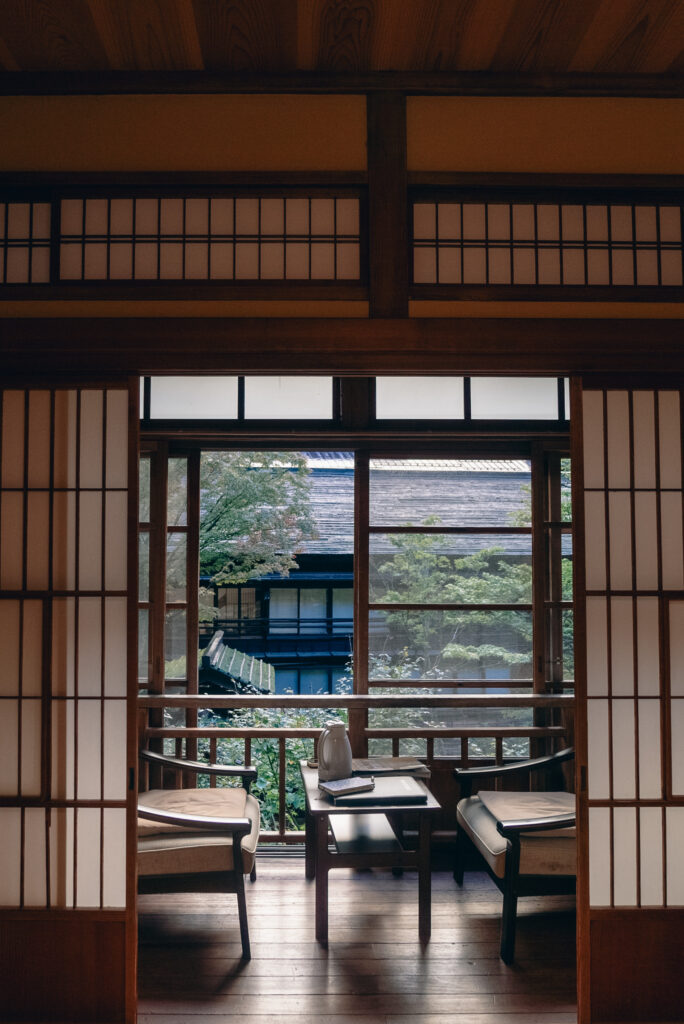
Eco-friendly luxury in Old Japan
During the course of your tour, you will have a great opportunity to experience our eco-lodges. It is possible to still feel old Japan at Kaikake Onsen, a 700-year-old inn located in Yuzawa, where people have traditionally stayed to recuperate from illness, as it was said that the healing hot spring waters could help repair damaged eyes. Such “Hot Spring Cures” are not as widely used these days, but it is not uncommon for people to stay at Kaikake for extended periods of time for their R&R, sometimes up to three weeks or more.
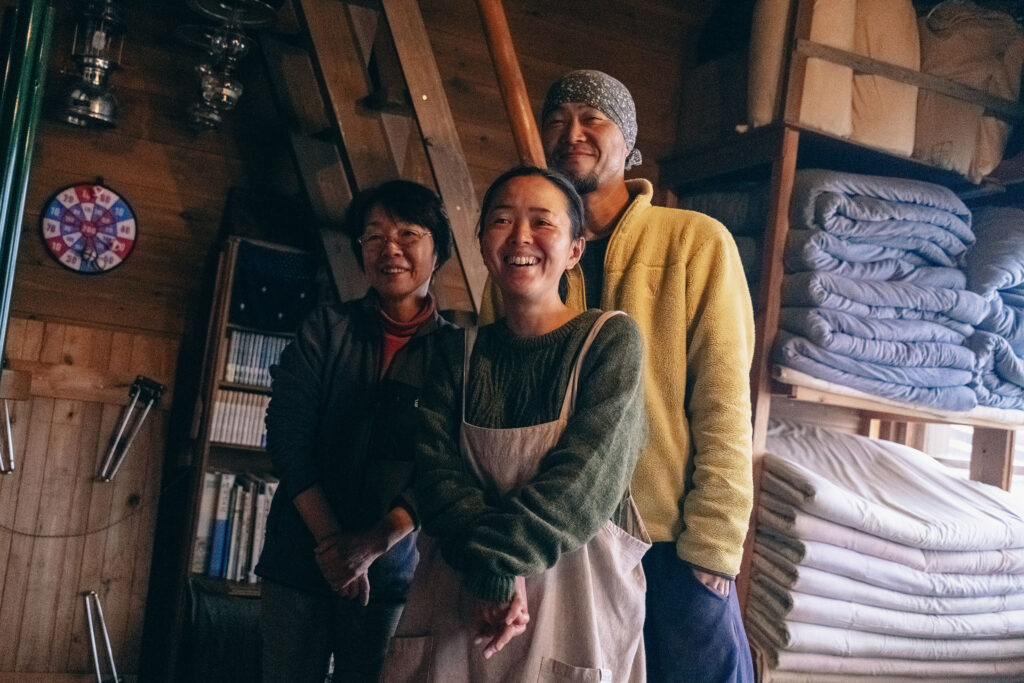
You can stay at a wide variety of accommodations on the trail, as luxury isn’t always everything. About 300m below the summit of Mt. Tairappyo is not a five star resort, but instead a home away from home, the Tairappyo Mountain Hut (known as Yama no Ie), whose proprietors have preserved the nearby mountain roads for three generations. They live according to the old ways, which necessitates using little electricity, as well as carrying up supplies like food or furniture (even a 100kg fireplace) on foot! As their guest, you can experience a warm family atmosphere far above the trees and a world apart from the sounds of cars and the sight of power lines or neon lights.
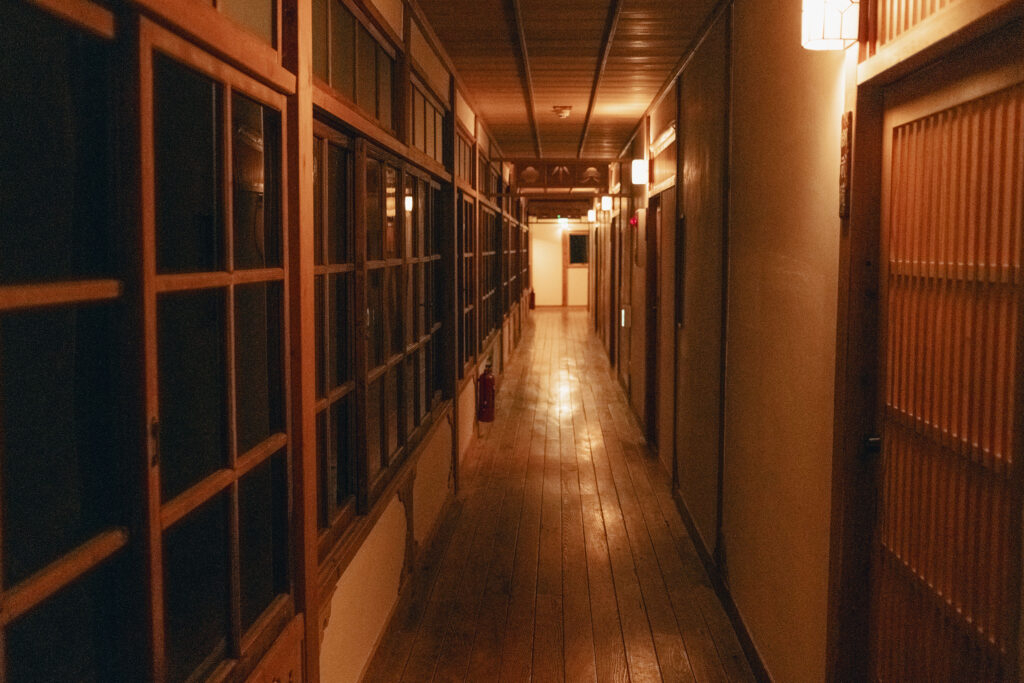
At the tail-end of your journey you will stay a night at the historic Hoshi Onsen Chojukan. The current building, located within the confines of Joshin’etsukogen National Park in Minakami, is perhaps the closest an accommodation can come to feeling as if you are vacationing in an actual museum, and some of the guest rooms from the original 19th century construction still remain, albeit in a renovated form where they can be enjoyed in comfort. You can find various treasures adorning the halls of the establishment, such as antique swords and rare scrolls, beautiful stones and statues. It is for reasons such as these that Hoshi Onsen Chojukan was declared a Registered Tangible Cultural Property of Japan in 2006.
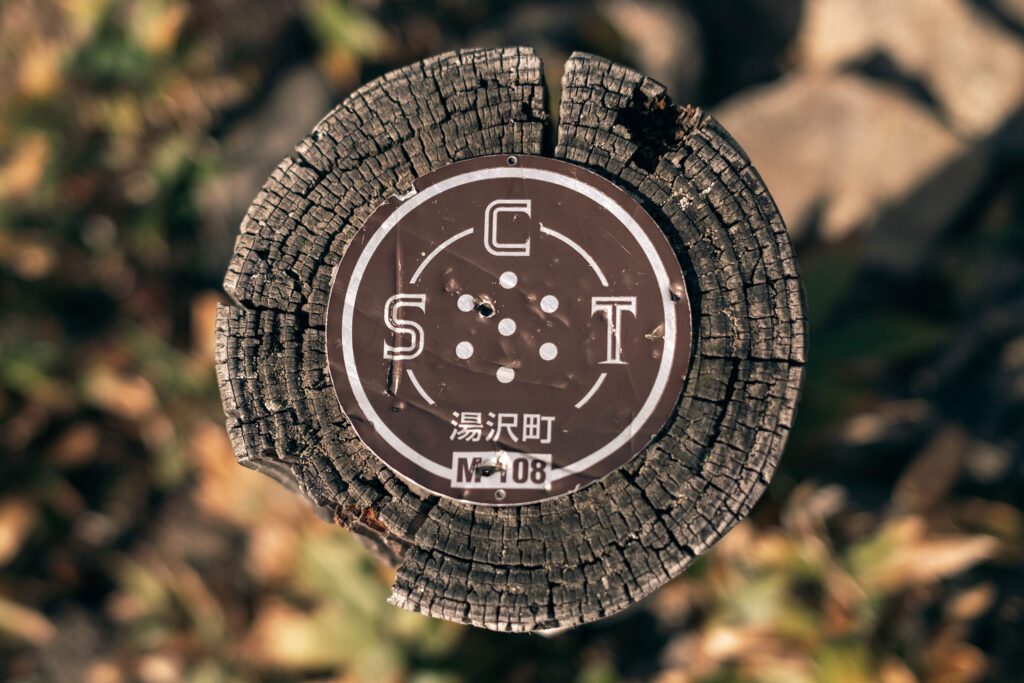
Our modern trail guardians at SCT
The roads and paths of the Long Trail are restored and regularly maintained courtesy of Snow Country Trails (SCT). In the past, access to each of the rural towns of YUKIGUNI were only accessible by such trails, but now we walk these same roads simply to enjoy the serene experience and the peaceful, relaxing journey. These are “living paths” with their own unique atmosphere, and an opportunity to see the unique culture all around you.
Aside from this tour, there are in fact trails all over the 7 towns in 3 prefectures that make up Snow Country. Recently, the local towns and tourism associations in YUKIGUNI have banded together to make a safe and accessible trail network, while locals continue to assist with maintenance and introducing the charm of their local trails used since ancient times to guests. These roads show off the local culture, and whether it be vast rice patties or the delicious sansai ready to be picked, we aim to present authentic Japanese rural life and our connection to the land. This Snow Country Trail is not just about connecting roads, but about creating a place of interaction that connects people, culture, as well as nature. Through Snow Country Trails, we aim to raise the level of the local economy by increasing the number of people who interact with each other, and to create a strong and stable community that can continue on even 100 years from now. To that end, 5% of the proceeds of each tour will be used for trail maintenance and to support local conservation efforts.
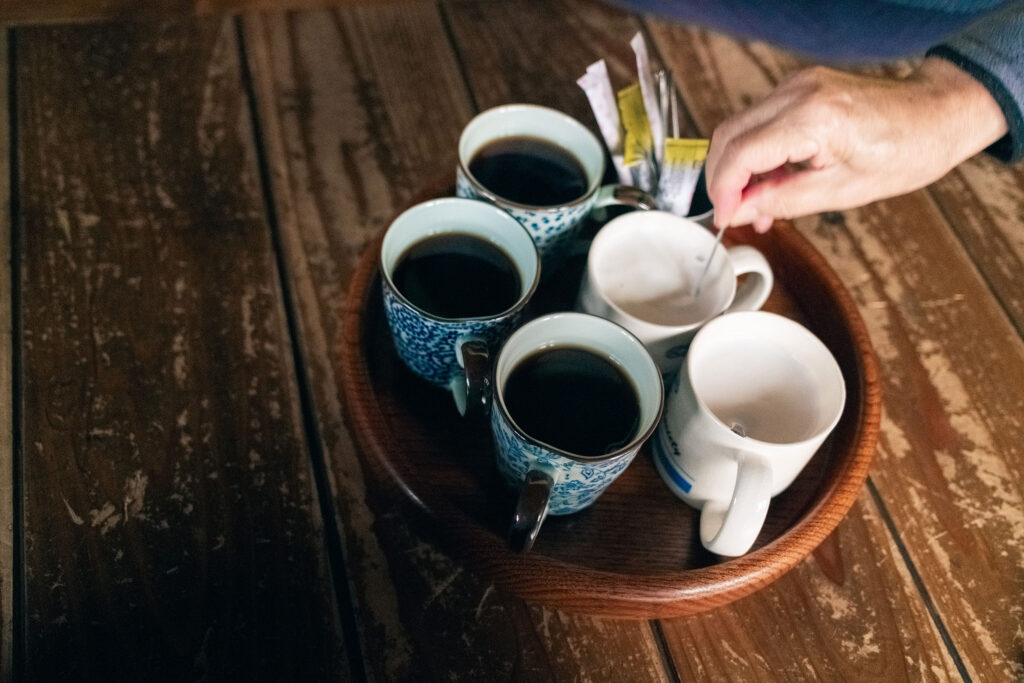
Come and join us!
When you are ready to begin your journey, whether aboard the Long Trail tour or anywhere else that strikes your fancy, we will be ready and waiting to greet you!
Step 1: Get in Touch
Wondering where to stay or what unique tours to try? Just drop us a message! We’re here to answer any questions and help you feel at ease.
Step 2: Let’s Plan Together
We’ll chat about your style, budget, and travel dates to create a personalized itinerary that’s perfect for you.
Step 3: Confirm & Explore
Once you love the plan, we’ll finalize the details. Then, all that’s left is to set off on an unforgettable Snow Country adventure customized just for you!

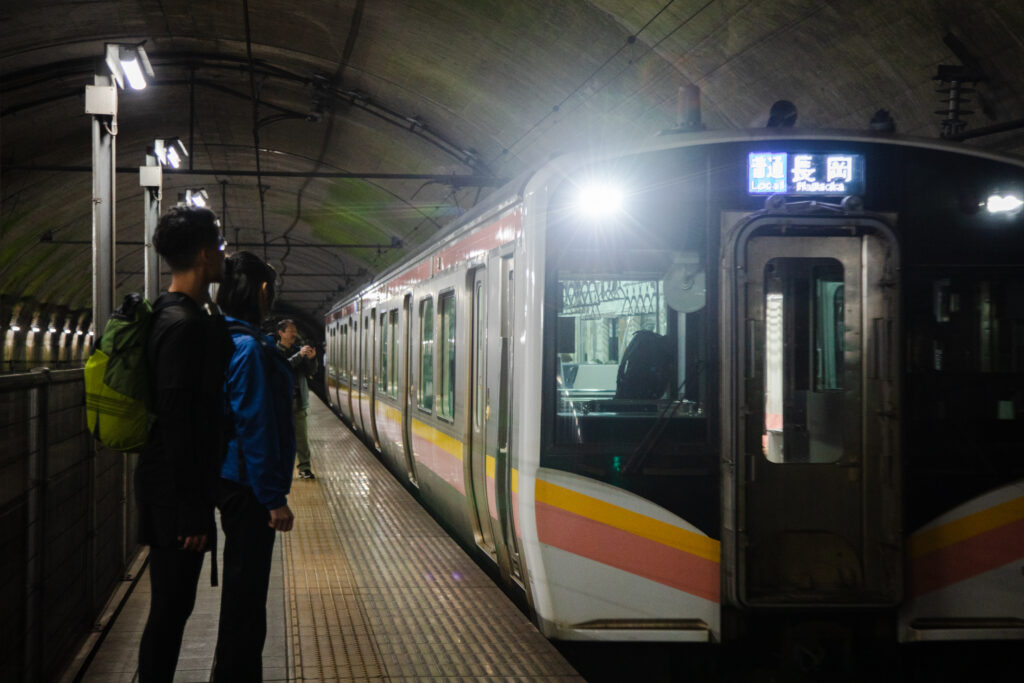
-1024x626-2.jpg)
